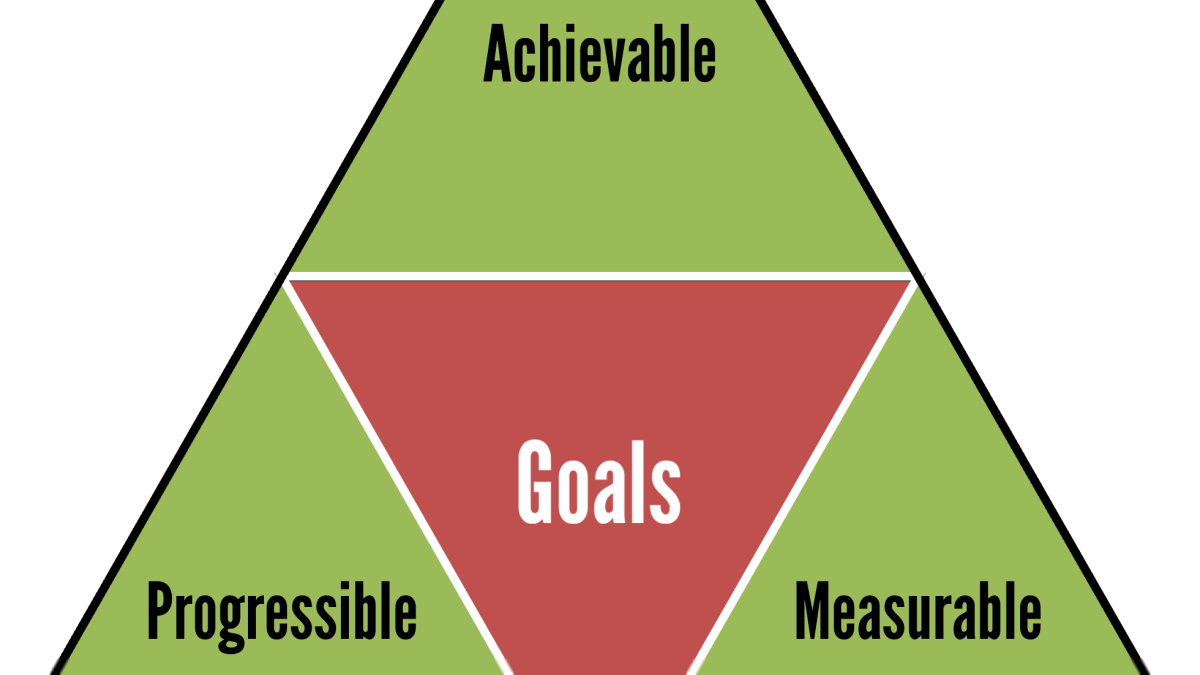We recently moved office, which has offered me the chance to bring to mind a concept my Mum would refer to as “Honest Work”. What is honest work? In this case manual labour involved in building flat pack chairs and setting up networks, but in Mum’s definition, it is anything that has a physical or visible outcome. For instance, stacking shelves in a warehouse, putting up some shelves, creating a routine in a bit of software. Anything where you can quickly see results and even better, results you can be proud of.
As I sit in the chair that I “built”, I feel a slight sense of pride. “I did that, I made the chair I’m sat on”. It is a sort of primal instinct… “ugh, me made this”.
A lot of modern jobs don’t give you that sort of primal reward, that feeling of “ugh, me made this”. When I worked as a sales/consultant type person, there were very few times where at the end of the day I felt I had actually achieved something. There was nothing to show for days and days of research and work because it produced nothing that gave any kind of immediate feedback. It was hard to focus on the end goals as it always seemed so far away.
This makes it very tough to stay engaged. It is hard to feel pride in something that is often so abstract.
Outcome Based Goals and Feedback
When we look to games for inspiration of how to fix this, it can be tough coming up with more than just “give them feedback”. Whilst this can help, people need more. The first step should be to consider how you can give them that daily feeling of “ugh, me made this”. Set small concrete goals that can be achieved daily or at least every few days, with objectives that have something to show for them, outcome based goals! If you need a presentation about the daily routines of 300 sloths across 10 years, make goals that allow the person doing to be slightly creative. Yes, this is going to take ages, but by the end of this week can I have the first few sections of an infographic to show the first 2 years of the study.
It’s all about making people feel like they have achieved something regularly, whilst still achieving their overall goal! Small wins building up to the final epic win (I really hate that term…) .
There may still be work to do in the office, but at least I am sitting in a really comfy chair that I built!
Review Video!
On a side note, I recently decided to try doing a video review of my new Vox amPlug AC30 headphone amp on YouTube, here are the results of my efforts!
